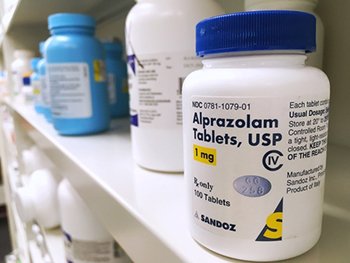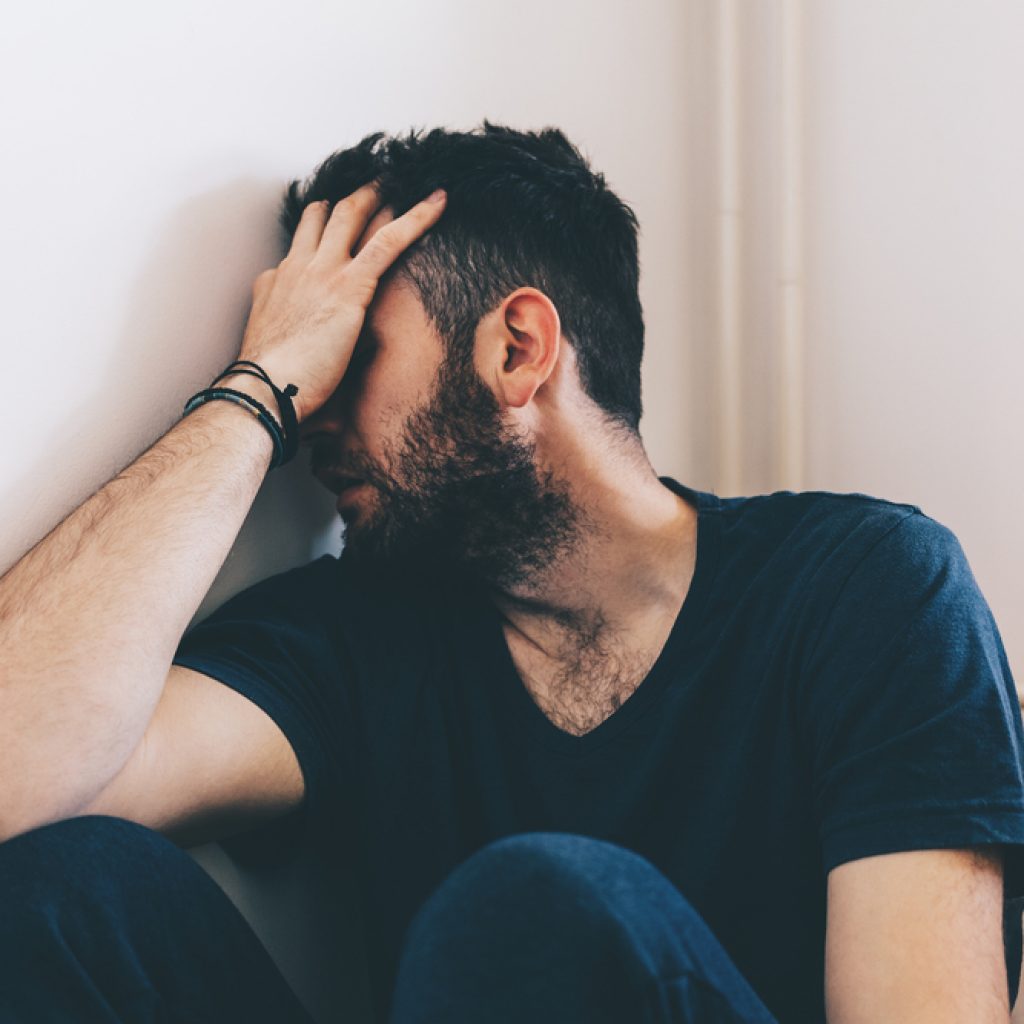Benzodiazepine abuse and addiction is not the most commonly reported drug abuse issue in America, but it does have far-reaching and devastating consequences. Benzodiazepines are well known in the drug abuse world, and they play a unique role in how they are abused. More women and people aged 65 – 80 are reported to use benzodiazepines on a medical and long-term basis, than men and younger populations, yet their abuse and misuse among younger male populations continue to grow.1 Despite their medical purposes, the wide variety of benzodiazepines have been subject to considerable abuse, leading to dangerous overdoses and deaths in many cases. The abuse potential of benzodiazepines is highlighted in studies, one of which identifies a four-fold increase in benzodiazepine related overdose deaths, from 2002 to 2015.2 Most commonly abused with opioids, benzodiazepines are a powerful ingredient in a deadly cocktail, which has claimed the lives of far too many Americans.
What Are Benzodiazepines?
Benzodiazepine is a long name with a big implication. Also referred to as “benzos” and “tranks”, many people have heard of some of the more popular brand names:
- Xanax
- Klonopin
- Valium
- Librium
- Ativan
- Onfi
There are about thirty different benzodiazepines on the market today, and they are hypnotic, sedative, and anti-anxiety medications. There are a wide range of uses for benzodiazepines, and they come in various strengths, and have varying lengths of activity in the brain. The way benzodiazepines work is by depressing the central nervous system (CNS). The CNS is responsible for most functions of the brain, controlling virtually every aspect of the human body, from movement to sensation. Benzodiazepines specifically enhance the effects of the GABA neurotransmitter, which is largely responsible for sedation, and produces a calming effect on users.
Uses of Benzodiazepines
 When used medically and as directed, benzodiazepines have benefits in treating insomnia, anxiety, agitation, panic attacks, mania, and they are commonly used for pre-operative sedation. Because there are so many varieties of benzodiazepines, with many strengths, medical professionals have a wide range of options from which to choose for clinical purposes. Another common use of lower potency and longer acting benzodiazepines are in drug detox. Symptoms like anxiety, insomnia, and agitation are extremely common withdrawal symptoms, which present in virtually every set of drug withdrawal symptoms. Although it is not commonly disclosed in advertisements, many prescription sleeping pills are also benzodiazepines, z-drugs, or contain benzodiazepines as their primary active ingredient. Benzodiazepines have a plethora of positive and beneficial uses for medical purposes and are generally considered to be effective in treating various conditions. However, despite widespread abuse and diversion of benzodiazepines, they are listed as Schedule IV substances by the DEA.3 This scheduling indicates a low potential for abuse of benzodiazepines, a stark contradiction to data and studies worldwide. Although they have significant pharmaceutical uses, benzodiazepines are generally not recommended for long-term treatments, specifically because they are habit forming, even when taken as directed. These drugs can cause dependency on those who use them legitimately, and in those who abuse them, but they are especially dangerous and addictive when they are abused.
When used medically and as directed, benzodiazepines have benefits in treating insomnia, anxiety, agitation, panic attacks, mania, and they are commonly used for pre-operative sedation. Because there are so many varieties of benzodiazepines, with many strengths, medical professionals have a wide range of options from which to choose for clinical purposes. Another common use of lower potency and longer acting benzodiazepines are in drug detox. Symptoms like anxiety, insomnia, and agitation are extremely common withdrawal symptoms, which present in virtually every set of drug withdrawal symptoms. Although it is not commonly disclosed in advertisements, many prescription sleeping pills are also benzodiazepines, z-drugs, or contain benzodiazepines as their primary active ingredient. Benzodiazepines have a plethora of positive and beneficial uses for medical purposes and are generally considered to be effective in treating various conditions. However, despite widespread abuse and diversion of benzodiazepines, they are listed as Schedule IV substances by the DEA.3 This scheduling indicates a low potential for abuse of benzodiazepines, a stark contradiction to data and studies worldwide. Although they have significant pharmaceutical uses, benzodiazepines are generally not recommended for long-term treatments, specifically because they are habit forming, even when taken as directed. These drugs can cause dependency on those who use them legitimately, and in those who abuse them, but they are especially dangerous and addictive when they are abused.



